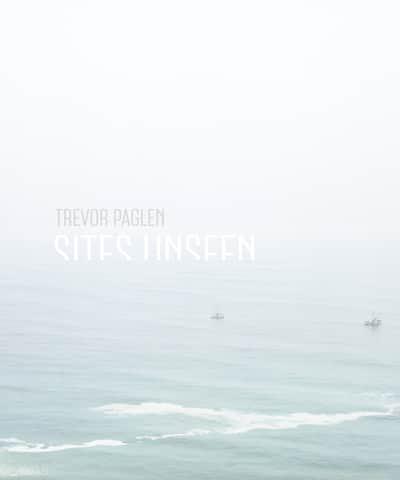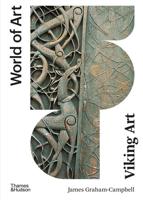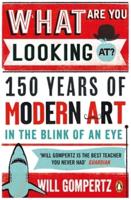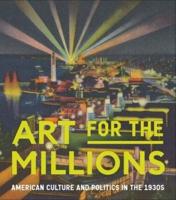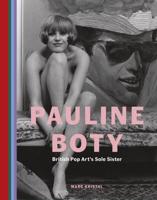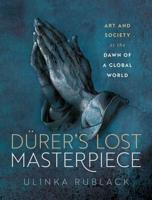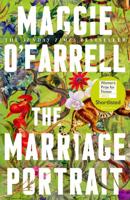Publisher's Synopsis
Trevor Paglen is an American artist, geographer, and author. What I want from art," says Paglen, "is to help see the historical moment we live in." His photographs make visible things we're not meant to see; he regards this invisibility as emblematic of that moment. Looking toward the earth, sea, or sky as earlier artists have, Paglen captures the same horizon seen by Turner in the nineteenth century or by Ansel Adams in the twentieth. Only in Paglen's images, a drone or classified communications satellite is also visible. "For me," Paglen observes, "seeing the drone in the twenty-first century is a bit like Turner seeing the train in the nineteenth century." Turner was less interested in the technology than its effects on perception, by its ability to accelerate human motion. Paglen is interested in our evolving perception in space. Standing in the Western landscape where Adams worked, Paglen photographs the drone as it photographs him. His images suggest that our conceptions of space and visuality are undergoing radical change; the physical limits of vision are no longer a reliable measure of what is visible to (often mechanical) others.
Trevor Paglen: Sites Unseen is the first major career survey for the artist in the United States. it presents Paglen's key photographic series: Limit Telephotography; Tapped Underwater Cables and Cable Landing Sites; and The Other Night Sky and Untitled (Drones). Other works included are Code Names, NSA Triptych, 89 Landscapes, Trinity Cube, Autonomy Cube, and The Fence. The volume includes an essay by curator John Jacob; an essay by Luke Skrebowski of the University of Manchester; and a conversation between the artist and Wendy Hui Kyong Chun and Katherine Crawford.
